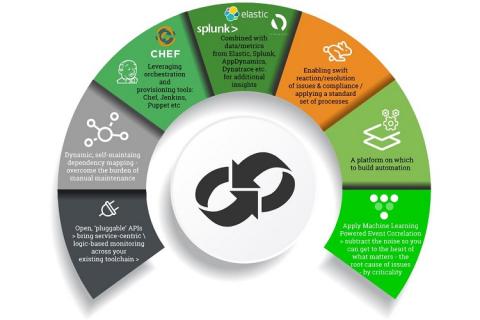Your Digital Enterprise; Performing at the Speed of DevOps
People working in digital enterprises will have no doubt noticed that customers have an insatiable appetite for new features and updates, with next to zero tolerance if digital services are performing poorly – or not at all. To thrive and survive in the digital era, it’s become an imperative for organizations to innovate at an unprecedented pace.











